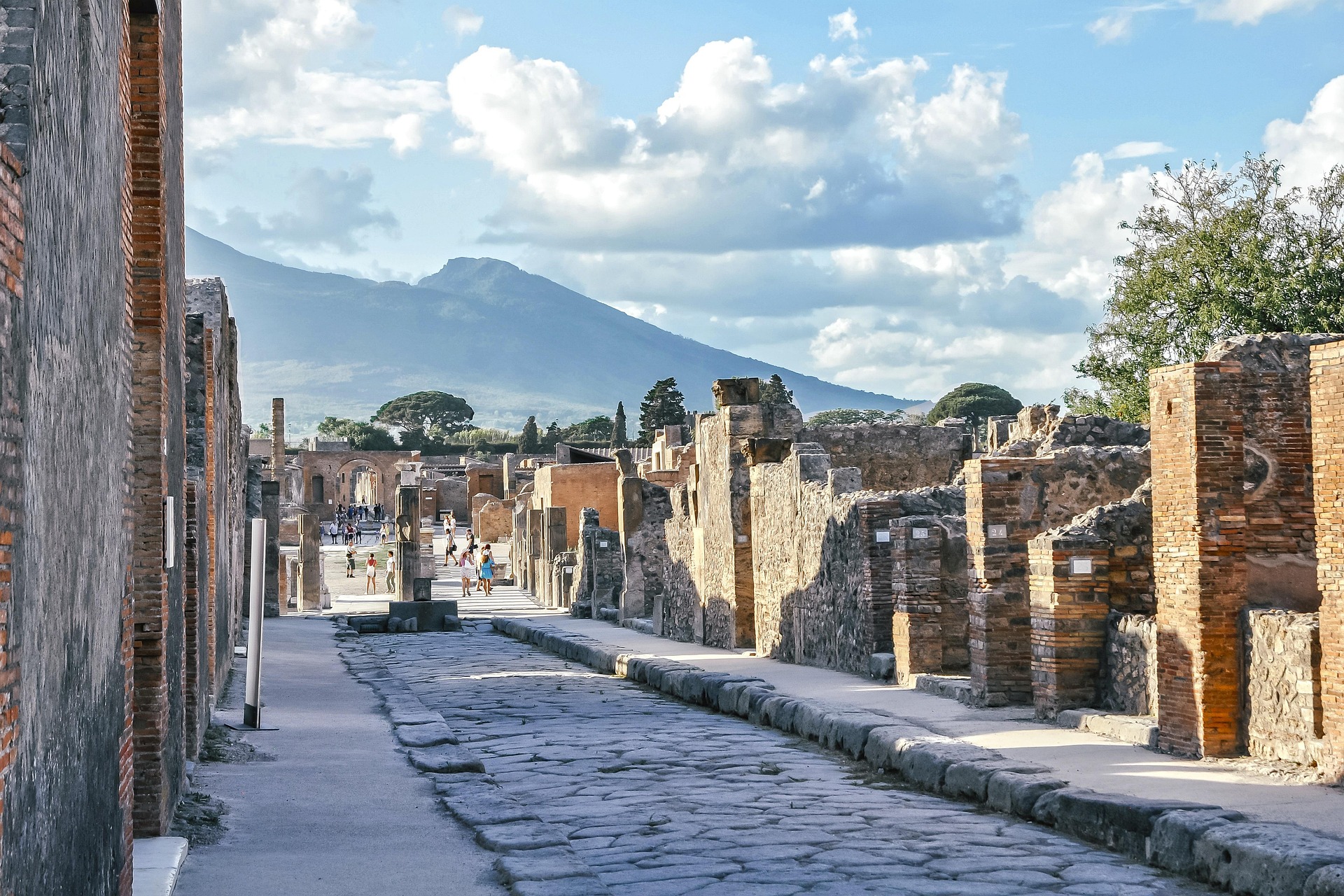Unwrapping the Mystery of Dark Tourism: An In-depth Look into the Fascination with Disaster Sites
Introduction Dark tourism, an intriguing paradox of the travel industry, has grown in popularity in recent years. This travel style, involving visits to sites associated with tragedy and death, offers a peculiar blend of morbid curiosity and introspection. From concentration camps to disaster-struck regions, dark tourism takes travelers on a journey through history's most somber chapters. This article delves into the allure of dark tourism, its implications, and how it shapes our understanding of tragic events.
A Historical Overview of Dark Tourism
Dark tourism, although a modern term, is an old practice. The concept of visiting sites of death or disaster dates back centuries, with roots in religious pilgrimages, battlefield visits, and public executions. Today, it has evolved into a significant niche within the global tourism industry. Unraveling the reasons behind its growth reveals an intriguing interplay between history, psychology, and travel culture.
Current Trends and Insights in Dark Tourism
Dark tourism’s rise is partly attributable to the increasing global connectivity and accessibility. Sites that were once remote and inaccessible are now within reach, thanks to improved transportation and infrastructure. Additionally, the digital age has brought these grim locations to the forefront, with social media and documentaries playing a significant role in igniting curiosity and facilitating virtual visits.
Dark Tourism: Advantages, Challenges, and Impact
Dark tourism offers a unique lens to view history, allowing visitors to confront the past’s grim realities and reflect on human resilience. However, it isn’t without challenges. Balancing respect for the sites and their historical significance with the commercial aspects of tourism is a delicate task. Moreover, these sites’ emotional impact on visitors can be profound, raising questions about the ethics and psychological implications of such travel.
A Closer Look at Some Notable Dark Tourism Sites
-
Chernobyl, Ukraine: Site of one of the world’s worst nuclear disasters, Chernobyl now attracts thousands of tourists annually. The eerie remnants of the abandoned city provide a chilling reminder of the disaster’s magnitude.
-
Auschwitz-Birkenau, Poland: This former Nazi concentration and extermination camp stands as a stark testament to the horrors of the Holocaust. It serves as a somber educational site for visitors worldwide.
-
Ground Zero, USA: The 9/11 memorial and museum in New York City honor the victims of the terrorist attacks, attracting millions of visitors each year who come to pay their respects and learn about the tragic event.
Understanding the Appeal of Dark Tourism
Dark tourism’s appeal lies in its ability to offer a deeper understanding of history, beyond what’s found in textbooks. It provides a space for reflection and learning, an opportunity to understand humanity’s darker aspects. However, it’s essential to approach these sites with respect and sensitivity, acknowledging their historical significance and the lives lost.
Conclusion
Dark tourism, a sobering departure from traditional travel, challenges us to confront our history’s grim chapters. While it offers valuable historical insights and opportunities for reflection, it’s crucial to approach these sites with the respect and sensitivity they merit. As the interest in dark tourism continues to grow, so does our understanding of the complex relationship between history, tragedy, and tourism.





